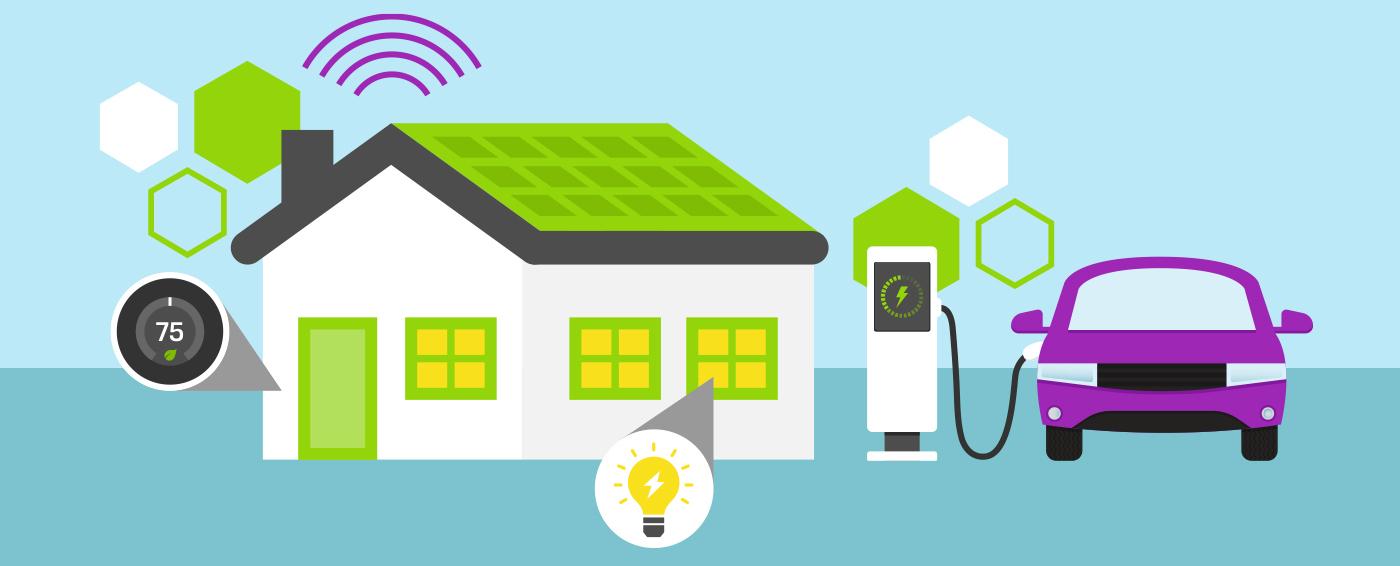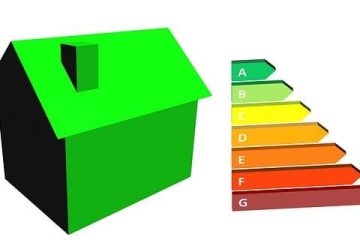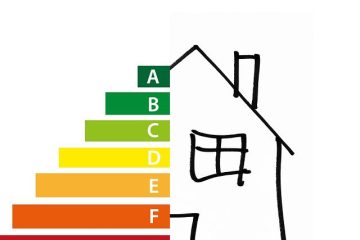In a world where sustainability is becoming increasingly crucial, the spotlight shines brightly on the energy efficiency of LED lights. These seemingly small yet mighty sources of illumination have revolutionized the way we light up our lives. Join us on an illuminating journey as we uncover the brilliance behind LED lights and why they are the beacon of efficiency in the realm of lighting solutions.
Table of Contents
- Understanding the Eco-Friendly Advantages of LED Lights
- Maximizing Energy Savings with LED Lighting Technology
- Key Factors Impacting the Energy Efficiency of LED Lights
- Practical Tips for Enhancing LED Lighting Efficiency
- Exploring the Long-Term Benefits of Energy-Efficient LED Lights
- Q&A
- To Wrap It Up
Understanding the Eco-Friendly Advantages of LED Lights
LED lights stand out as champions of energy efficiency, making them a top choice for environmentally conscious individuals and businesses alike. By embracing LED technology, you not only illuminate spaces but also contribute to a greener future. These lights consume significantly less energy than traditional incandescent bulbs, resulting in reduced electricity bills and a smaller carbon footprint.
One of the remarkable advantages of LED lights is their durability. They have an impressive lifespan compared to other lighting options, saving you money in the long run by minimizing the frequency of replacements. Additionally, LED lights do not contain toxic materials like mercury, making them easier to recycle and dispose of responsibly. Embracing LED lighting is a simple yet impactful step towards sustainability and energy conservation.

Maximizing Energy Savings with LED Lighting Technology
In today’s fast-paced world, finding efficient ways to save energy is crucial. LED lighting technology emerges as a beacon of hope, offering not just illumination but also substantial energy savings. With their innovative design and long lifespan, LEDs have revolutionized the way we light up our spaces.
Advantages of LED Lights:
- Energy-Efficient: LED lights consume significantly less power than traditional lighting solutions, leading to reduced energy bills.
- Long Lifespan: The durability of LED lights ensures long-term savings by minimizing replacement and maintenance costs.
- Environmentally Friendly: By using less energy and containing no harmful substances like mercury, LED lights help reduce carbon footprint.
Cost Comparison Table:
| Lighting Type | Initial Cost | Lifespan | Energy Savings |
|---|---|---|---|
| LED Lights | $50 | 50,000 hours | 75% |
| Incandescent Bulbs | $2 | 1,000 hours | 25% |
Factors to Consider:
- Quality of Components: The quality of LED chips and other components directly impacts the energy efficiency of LED lights. Opting for lights with high-quality materials can ensure better performance and longer lifespan.
- Light Output: The lumens per watt ratio determines how efficiently LED lights convert electricity into visible light. Choosing lights with higher lumens output for the wattage can result in better energy efficiency.
- Heat Dissipation: Effective heat dissipation mechanisms are crucial for maintaining the performance and longevity of LED lights. Proper thermal management can enhance energy efficiency by preventing overheating.
In addition to these factors, the design of the fixture, usage patterns, and environmental conditions also play a role in determining the energy efficiency of LED lights. By considering these aspects, individuals can maximize the benefits of LED technology while minimizing energy consumption and environmental impact.
Table: Comparing Energy Efficiency of LED Lights
| LED Light Model | Lumens per Watt | Energy Star Certified | Price Range |
|---|---|---|---|
| Model A | 110 | Yes | $20 - $30 |
| Model B | 90 | No | $15 – $20 |
| Model C | 120 | Yes | $25 – $35 |
- **Opt for Energy-Efficient LED Bulbs:** Choose LED bulbs with high energy efficiency ratings to reduce electricity consumption and lower utility bills.
- **Utilize Smart Lighting Controls:** Incorporate smart lighting systems that enable remote monitoring and scheduling to minimize unnecessary energy usage.
- **Proper Placement and Direction:** Position your LED fixtures strategically to ensure proper illumination while avoiding unnecessary waste of light.
Moreover, regularly clean and maintain your LED lights to prevent dust accumulation that can decrease brightness. Additionally, consider investing in dimmer switches to adjust light levels based on your needs, further enhancing energy savings. By following these tips, you can not only improve the energy efficiency of your LED lighting but also contribute to a more sustainable and cost-effective lighting solution for your space.

Exploring the Long-Term Benefits of Energy-Efficient LED Lights
When embracing the illumination of energy-efficient LED lights, the journey towards sustainability is illuminated with endless possibilities. These modern lighting solutions not only brighten spaces but also pave the way for considerable long-term benefits. Explore a world where efficiency meets brilliance, and where every watt saved is a step towards a greener tomorrow.
Switching to LED lights isn’t just about saving energy; it’s a commitment to reducing costs, minimizing environmental impact, and enhancing the quality of light in your surroundings. With a lifespan far surpassing traditional lighting options, LED lights ensure longevity, durability, and a radiant glow that transforms any space. Say goodbye to frequent replacements and high energy bills, and embrace the sustainable glow of LED lighting for a brighter, more efficient future.
Q&A
Q: What makes LED lights more energy-efficient than traditional incandescent bulbs?
A: LED lights are more energy-efficient than incandescent bulbs because they convert a higher percentage of the electricity they receive into light. In contrast, incandescent bulbs waste a significant amount of energy by producing heat.
Q: How much energy can one save by switching to LED lights?
A: By switching to LED lights, one can save up to 75% on energy consumption compared to traditional incandescent bulbs. This not only reduces electricity bills but also contributes to a more sustainable environment.
Q: Are there different types of LED lights available for various energy efficiency needs?
A: Yes, there are different types of LED lights available to cater to different energy efficiency needs. From standard LED bulbs to dimmable LEDs and smart LED lighting systems, consumers have a variety of options to choose from based on their requirements.
Q: Do LED lights have a longer lifespan compared to traditional bulbs?
A: LED lights have a significantly longer lifespan compared to traditional bulbs. While incandescent bulbs typically last around 1,000 hours, LED lights can last anywhere from 15,000 to 50,000 hours, making them a more durable and cost-effective lighting solution in the long run.
Q: How can individuals maximize the energy efficiency of LED lights in their homes or businesses?
A: To maximize the energy efficiency of LED lights, individuals can do simple things like turning off lights when not in use, using dimmer switches to adjust brightness levels, and opting for ENERGY STAR certified LED products. Additionally, proper fixture placement and regular maintenance can help ensure optimal energy savings.
To Wrap It Up
As we conclude our journey into the illuminating world of LED lights and energy efficiency, it’s evident that these small yet mighty light sources are revolutionizing the way we illuminate our spaces. Embracing LED technology not only brightens your environment but also lightens the load on your energy consumption, paving the way for a more sustainable future. So, next time you flick the switch and bask in the warm glow of LED lighting, remember that you’re not just lighting up a room, but also lighting the path towards a more energy-efficient world. Let’s shine bright together with LED lights leading the way!




0 Comments